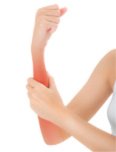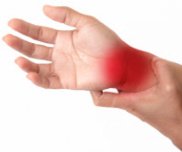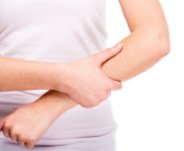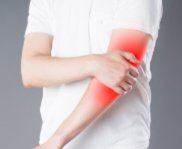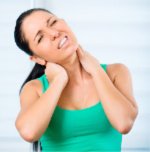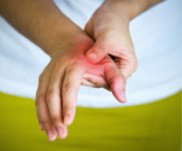Forearm Pain Anatomy
Forearm anatomy is interesting in that the forearms are one of the few places in the body where most of the muscles run nearly parallel to one another. Most of the muscles originate close to the elbow and extend all the way to the tips of the fingers.
Several other muscles which assist in twisting motions of the forearm are also major contributors to the injury process in the forearms. These muscles generally lie in a diagonal pattern near the elbow and wrist.
Flexor Muscles Of The Forearms
Muscles on the palm side of the forearms are known as the flexor muscles and are responsible for curling the fingers palm ward. Any grasping, lifting, holding, cupping motion will be accomplished by the flexors. The flexor muscles are also responsible for bending the wrists palm ward as well.
|
Shown here, you see the superficial Flexor group of muscles in your forearm. These muscles are on the palm side of your lower arm. They help your fingers curl, grip, and hold things. You use these muscles when you hold a pen, type on a keyboard, or grip the steering wheel of your car. The flexors also bend your wrist toward your palm. They are affected by every movement of the hands. Notice the white tendons at the top near the elbow and below, crossing the wrist. Forearm pain can include problems with these tendons as well. Excess tension in the forearm flexor muscles creates a constant pulling on the tendons, eventually leading to damage in these important structures. |
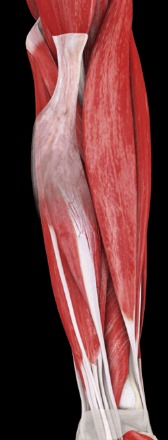 |
Extensor Muscles Of The Forearm
The extensor muscles are found on the opposite side of the forearms and are responsible for bending the wrists toward the back of the hand. When Diana Ross put her hand up and said “Stop in the name of love!” she was contracting the extensor muscles of her forearm. They shorten as the wrist bends toward the back of the hand. When a computer user rests his or her wrists on the desk or on a wrist rest, the wrist bends toward the back of the hand and the extensor muscles contract.
|
In this illustration, you see the Extensor group of muscles of the forearm. At first glance, these muscles look very similar to the Flexor muscles shown above, but this group of muscles is located on the other side of the forearm, in line with the back of the hand. The Extensor muscles are responsible for opening and spreading your fingers and bending your wrist toward the back of your hand. Notice the white tendons located on both sides of the elbow. The bony points where these tendons attach are the sites of golfer's elbow and tennis elbow. Again, when there is too much tension on the Extensor muscles, the tendons at their ends will become stressed, irritated and injured. |
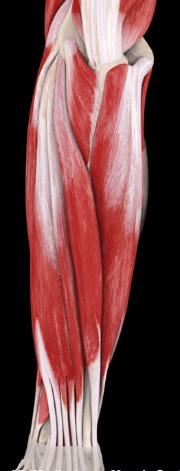 |
The Flexor and Extensor Muscles Work Together!
When your hand or wrist moves, muscles on both sides of your forearm are involved in the movement.
When you close your fingers around an object, the flexor muscles contract and the extensor muscles release.
Likewise, when you spread your fingers wide apart and bend them toward the back of your hand, the extensor muscles contract and the flexor muscles release.
The coordinated and unencumbered movement of these 2 groups is critical to remaining pain free in your forearms. Once one or more muscles in either the flexor group or the extensor group becomes adhered or stuck to a neighboring muscle, movement and strength is affected in all the other muscles of both groups.
To learn more about Forearm Pain, visit the following sections:
Forearm Pain Symptoms
Forearm Pain Self Care
|
Looking For The Solution To Your Forearm Pain? Based on my 30+ years of experience, I have put together, just for you, the most effective program ever for correcting Forearm Pain.
Click HERE for all the information that will help you on your healing journey. |
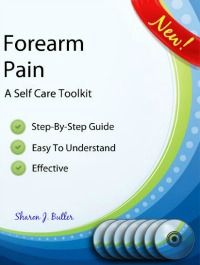 |
Click the block below that most closely matches your injury for more information and to find the Toolkit we offer to help you in your recovery.

